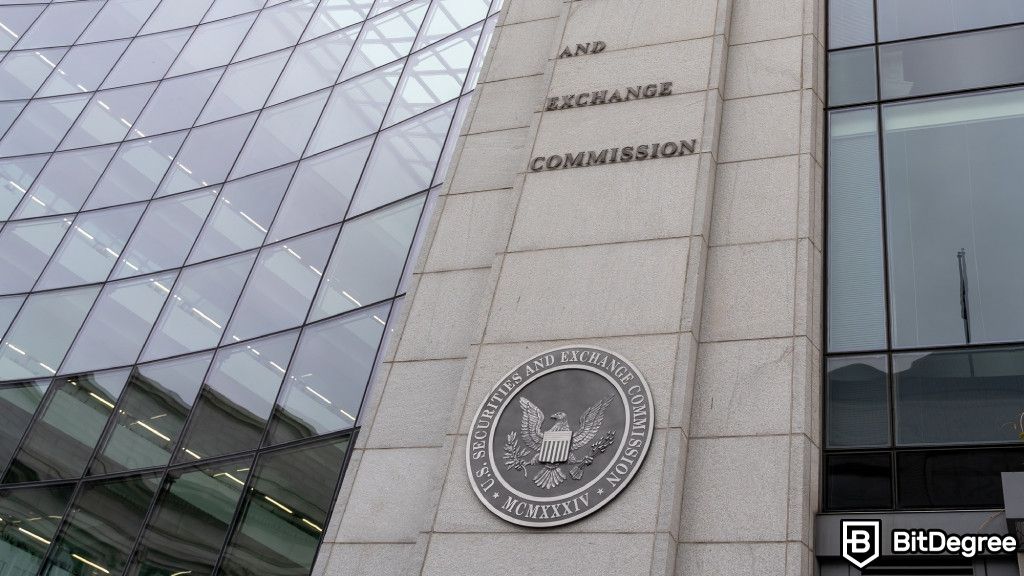Why Ethereum is the next big thing for institutions

Spot ETFs and Beyond: Why Ethereum Is the Next Big Thing for Institutions appeared first on Coinpedia Fintech News
The recent approval of an Ethereum spot ETF by the US SEC sparked a change in sentiment, positioning ETH as a potential candidate for institutional adoption. Going forward, this will be an important milestone as it opens the door to significant institutional investment in cryptocurrencies.
Lindy effect and network effect
Ethereum is an almost 10-year-old platform that is well suited to the Lindy effect. The Lindy Effect is the theory that the longer something exists, the more likely it is to continue to exist. The Ethereum network has become the epicenter of decentralized finance (DeFi) and smart contract innovation.
The network effect is unrivaled as global nodes ensure decentralization and security. According to the study, a 51% attack on Ethereum would be safer than an attack on Bitcoin because it would cost more.
The Ethereum developer community is the largest in the cryptocurrency industry, with a wide range of tools and resources for Solidity programming. Many are adopting EVM compatibility as a standard.
For example, publicly traded company Coinbase is building an EVM-compatible layer 2 blockchain, further confirming the robustness of the technology.
liquidity depth
Institutional investors need markets that are deep and liquid enough to handle large transactions, and this is what Ethereum provides. With a market capitalization of over $450 billion and daily trading volume of over $600 million on major exchanges, ETH’s liquidity depth is one of the highest in cryptocurrencies.
Its function in DeFi, where it acts as collateral in lending markets and is the majority unit of trading, makes it more liquid.
Because Ethereum has strong liquidity, many institutions choose to launch their products on the Ethereum chain. BlackRock’s $BUIDL fund, launched on Ethereum, now has a market capitalization of over $400 million, highlighting the importance of this liquidity.
Increasing regulatory acceptance
The regulatory environment is becoming more favorable to Ethereum. Countries are opening up ETH by allowing the launch of ETH-based financial products for institutions and building trust among institutional investors.
In 2023, the Ethereum Futures ETF received approval from the United States, providing a regulated way to gain exposure to ETH.
There are 27 active Ethereum ETFs globally, managing $5.7 billion in assets.
In particular, Hong Kong was the first in Asia and the world to approve BTC and ETH spot ETFs, recognizing Ethereum as a valuable asset.
institutional adoption
Although Ethereum’s price action this year has been somewhat disappointing, its fundamental value proposition is undisputed in the cryptocurrency world. This, coupled with a huge wave of institutional capital, could result in a major upside.
As Arjun Chand notes in this detailed analysis, “Institutions are gearing up to buy our ETH bags.”
The approval of a spot ETF is a monumental shift for Ethereum in advancing institutional adoption.
Superior network effects and liquidity depth, combined with a mature regulatory environment for digital assets, now position ETH as a prime candidate for significant institutional capital allocation.
This could potentially have a bigger impact on the market and, most importantly, trigger an altcoin season that could change the cryptocurrency landscape.



